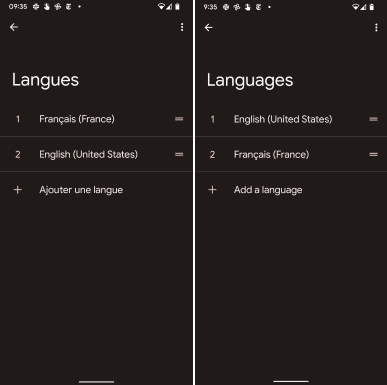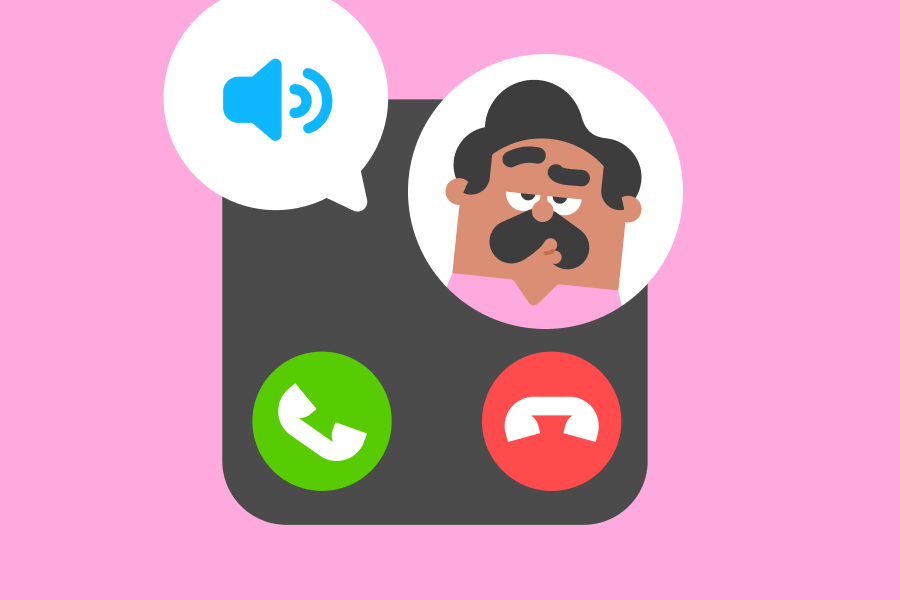If you're an intermediate or advanced learner looking for a new challenge, consider changing the language of your smartphone! Since you're probably already very familiar with the buttons, options, and wording in your favorite apps, you can use that familiarity to learn new vocabulary. Plus, connecting language learning with your regular habits is a great way to stay motivated, learn a little bit at a time, and squeeze in a few more minutes of "studying" every day. 🧠
Here are some ways you can learn from your smartphone!
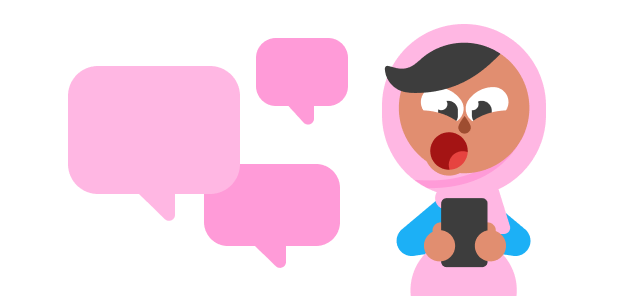
Learn words about technology and social media
You can probably already navigate your phone with your eyes closed, so seeing navigation menus in the language you're studying can be a great next step to learn relevant vocabulary without having to try very hard!
You'll learn words about email, searches, drafts and writing, going back, liking and commenting on social media posts, and more!
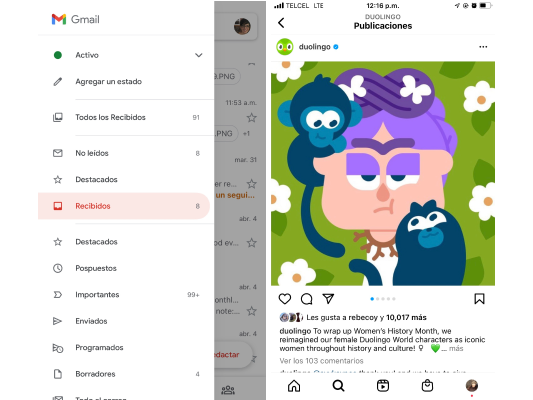
Get practice (and help!) writing in the language
Changing your phone's language will change the predictive text that you see when texting, writing emails or social posts, and searching in apps and on Google. That means you'll get some corrections to spelling mistakes (you can see the phone offering difíciles as the next best word in the Tweet) and suggestions for what words might come next – just like you're used to seeing in your own language! These suggestions and corrections make it easy to write and search in the language, and you'll start getting used to what words go together.
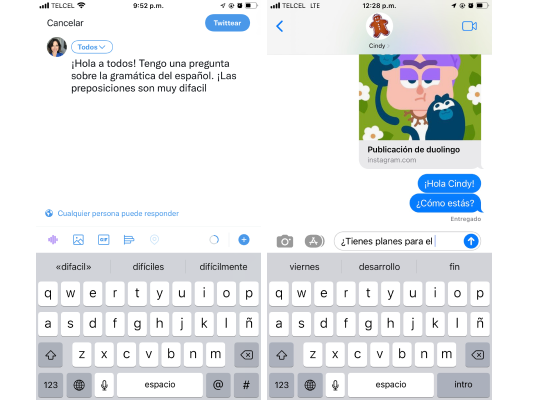
Build up vocabulary about your favorite topics
Many of your favorite apps will change their interface to the new language, too. That means you'll start seeing the translations of the words, ideas, and information you already care about the most! For example, in Spotify you'll see new vocabulary about music and genres – not to mention that you can use many apps to get extra language practice, like looking for new music in the language you're learning.
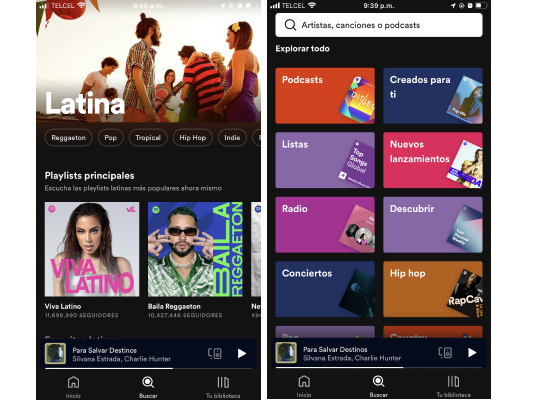
Use your daily routine for listening practice
You can also hack your regular routine to get language practice on your smartphone! Listen to directions in the language on your favorite map app – you could start by doing this when getting around to places you already know well, while you get used to directions vocabulary, and then gradually branch out. You might also listen to directions while you're in a bus, train, or rideshare, that way someone else is in charge of actually getting you there, while you build up your comprehension skills. 😉

Get your own (AI) speaking partner
If your phone has a digital assistant, you can change its language, too! On iOS, this is a separate setting, so you can choose your own adventure: do you want your phone and its assistant in your new language, or just one of the two? You can use this feature to practice conversation (ask the assistant questions or practice commands), gather information while on the go, or have fun with digital easter eggs. (Siri tells great dad jokes!) This is an easy way to get quick speaking practice in a low-stakes, low-pressure context that still has real-world value. For example, could there be questions more important than ¿Dónde se puede comprar tacos?
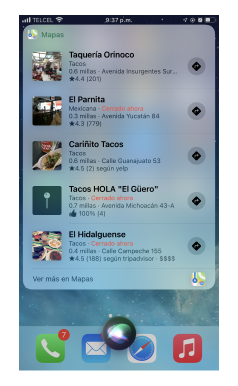
Make learning easy and accessible!
There are lots of easy ways to sneak language practice into your daily routine, and using your smartphone as a language learning tool is a great way to use what you already know about technology and apps to push your language learning even further!
Having regrets about changing your phone's language? Here's how to get back to your own language on iOS and Android.
For iOS:
- Find your settings wheel (in Spanish, this is Configuración) and go to General (this is spelled the same in English and Spanish!).
- Scroll down to Idioma y región (Language and region).
- At the very top will be Idioma del iPhone, the language of your iPhone. Click here and select your desired language from the list.
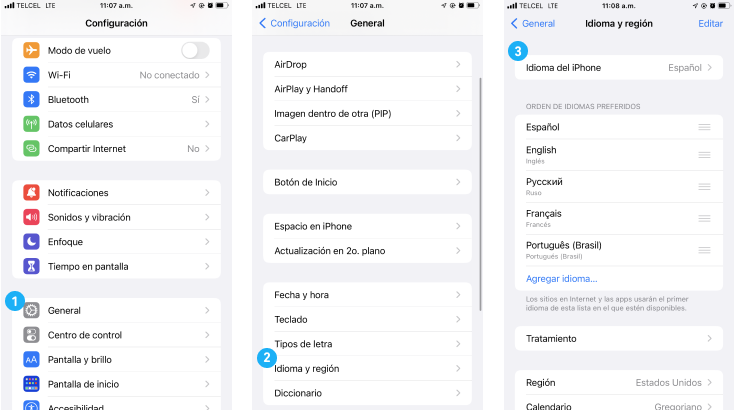
For Android:
- From Settings (in French, Paramètres), scroll to System (Systèmes), where you can see "Languages" (Langues) listed.

- In the System (Système) menu, select the Language menu (Langues et saisie), and click on Language (Langue) at the top.
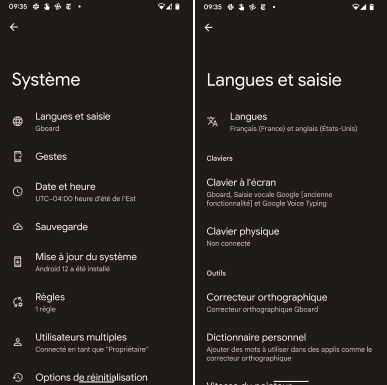
- Now drag English (or your desired language) to the top of the list to change your phone's language back!
